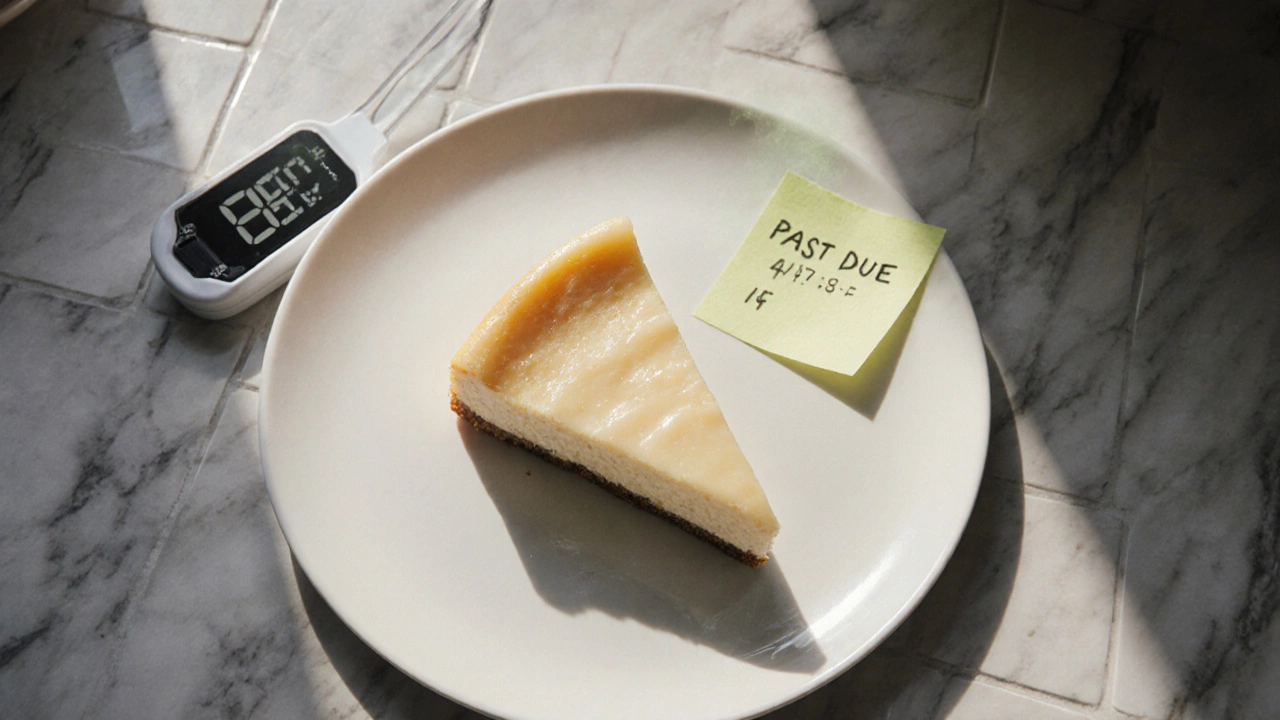
When Should You Skip That Slice? Understanding Cheesecake Safety
Learn when and why to avoid cheesecake, covering food‑safety signs, health conditions, ingredient risks, storage tips, and safe alternatives for a worry‑free dessert.
When you think about Cheesecake safety, the set of practices that keep cheesecake fresh and free from harmful bacteria. Also known as cheesecake hygiene, it involves several critical steps that most bakers overlook. Cheesecake safety requires proper Refrigeration, storing the cake at 4 °C (40 °F) or lower to slow microbial growth, vigilant Temperature control, monitoring the cake’s internal and ambient temperatures during preparation and serving, and awareness of Foodborne pathogens, microorganisms such as Listeria, Salmonella, and Staphylococcus that can multiply in dairy‑rich desserts. These three elements create the core of safe cheesecake handling.
First, always chill the batter and the finished cake promptly. A cooled base prevents the growth of Listeria, which thrives at temperatures above 3 °C. Second, use a reliable food‑grade thermometer to verify that the cake stays below 4 °C while stored. Third, cover the cheesecake tightly with plastic wrap or a sealed container to keep out airborne contaminants and moisture that can speed spoilage.
Ingredient storage matters too. Keep cream cheese, sour cream, and any fresh fruit in the coldest part of your fridge, not the door where temperature swings are common. If you’re using a pre‑made crust, check the label for any added preservatives; a crust with butter can soften at room temperature and invite mold. Finally, practice good personal hygiene: wash hands, sanitize work surfaces, and avoid cross‑contamination with raw meats or unwashed produce.
By following these guidelines, you’ll extend the shelf life of your cheesecake from a few days to up to a week, depending on the recipe. The next section of this page lists articles that dive deeper into specific scenarios—whether you’re freezing leftover slices, serving at a party, or troubleshooting a slick topping. Browse the collection to find the exact tip you need and keep every bite safe and delicious.

Learn when and why to avoid cheesecake, covering food‑safety signs, health conditions, ingredient risks, storage tips, and safe alternatives for a worry‑free dessert.